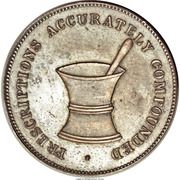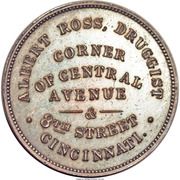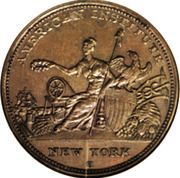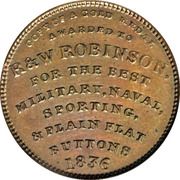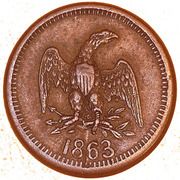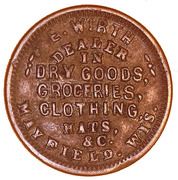- Home
- Category
- Issuer
- United States
- 1 Dollar "Native American Dollar" (Mary Kawena Pukui)
1 Dollar "Native American Dollar" (Mary Kawena Pukui) , United States
2025
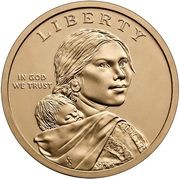
Obverse
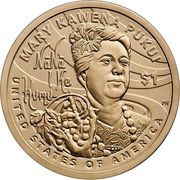
Reverse
Coin Details
Obverse
Description:
Sacagawea carrying her infant son, Jean Baptiste, facing right.
Script:
Latin
Lettering:
LIBERTY IN GOD WE TRUST GG
Engravers:
Glenna Goodacre
Reverse
Description:
The reverse (tail) design features Mary Kawena Pukui wearing a hibiscus flower, a kukui nut lei, and a muʻumuʻu adorned with an aloha print. Stylized depictions of water appear in the background. Inscriptions include “United States of America,” “$1,” and “Nānā I Ke Kumu,” which translates literally to “Look to the Source.”
Script:
Latin
Lettering:
MARY KAWENA PUKUI Nānā I Ke Kumu $1 PH CLH UNITED STATES OF AMERICA
Engravers:
Phebe Hemphill
Specifications
Categories
Issuer Hierarchy
Year2025


